One significant development in the emergence of AI technologies is how they’ve revolutionized the way we generate, publish, and disseminate written content.
With the emergence of Chat GPT, many brands and marketers now integrate AI into their workflow, whether it’s for research and ideation, or to create first-draft content. But how well do AI writing tools work in languages as complex as Japanese? We explore!
Table of Contents
How Do AI Writing Tools Work?
Most AI writing tools operate on advanced natural language processing algorithms. These algorithms analyze massive amounts of text data to learn grammar, vocabulary, writing styles, and contextual nuances. They then use this information to generate human-like text in a given language.
Steps may differ slightly from platform to platform, but the process generally involves the following:
1. User Issues Prompt
AI writing tools offer a variety of content outputs, including summaries, explanations, product descriptions, blog posts, and more. These tools can adapt their writing style to match the intended purpose of the content, providing tailored results for different industries and audiences.
Users must first define the specific content output they want to receive, along with a straightforward and detailed prompt that includes instructions such as the topic, outline, relevant points, examples, tone, style and anything else you want to be incorporated into the content.
HB Pro Tip: When using an AI writing tool in Japanese, make sure you change your language preferences for the content output first. Some programs will convert your content into Japanese if you include this in the prompt, while others may require you to change the language option in your settings for optimal results.
2. Content is Generated
The AI writing tool will then generate a piece of content that it believes closely matches your request. If the output isn’t suitable, this step can be repeated to produce another attempt, or, the prompt can be modified with new instructions to amend the outcome.
3. Quality Control
To ensure the quality of AI-generated content (in any language), it’s also crucial for users to implement additional steps:
- Review Diligently — It’s essential to carefully guide the AI by providing clear prompts and then review the output for accuracy, tone, and relevance.
- Verify with Native Speakers — For languages like Japanese, which possess intricate nuances and cultural context, verification by native speakers is vital to maintain authenticity and avoid potentially harmful translation mistakes.
- Avoid Over Reliance — AI writing tools are not replacements for human creativity and expertise. Over-relying on them can lead to several weaknesses in the quality and relevancy of your written content, ranging from text that sounds “flat” to content that contains errors or statements that are vague.
Discover More Ways to Use AI in Japanese Marketing and Advertising
Top AI Writing Tools with Japanese Language Options

Tools like ChatGPT perform the strongest when used in English, as the bulk of the data used to train the language model was in English. It also typically does well with languages that are widely present in a broad range of topics and formats on the internet, such as Spanish.
Given that Japanese is only spoken by around 2% of the world population, it will naturally be disadvantaged in this area—potentially leading to a shortage of source data to train the algorithms of AI writing tools when it comes to specialized topics or industries.
That said, many AI writing tools claim to offer strong translation support, which combines its content creation capabilities in English with the ability to translate and localize content into Japanese.
HB Pro Tip: No matter how well an AI writing tool claims to work in Japanese, always make sure you verify the quality of the content with native Japanese speakers, or risk publishing content that is clunky, off-brand and potentially incorrect. Also, remember that quality may vary depending on whether you are using a basic or free version of the program, or a more advanced (and potentially paid) version. For instance, Chat GPT-4 has seen improvements in terms of language understanding, generation, and context retention compared to Chat GPT-3.
Rytr
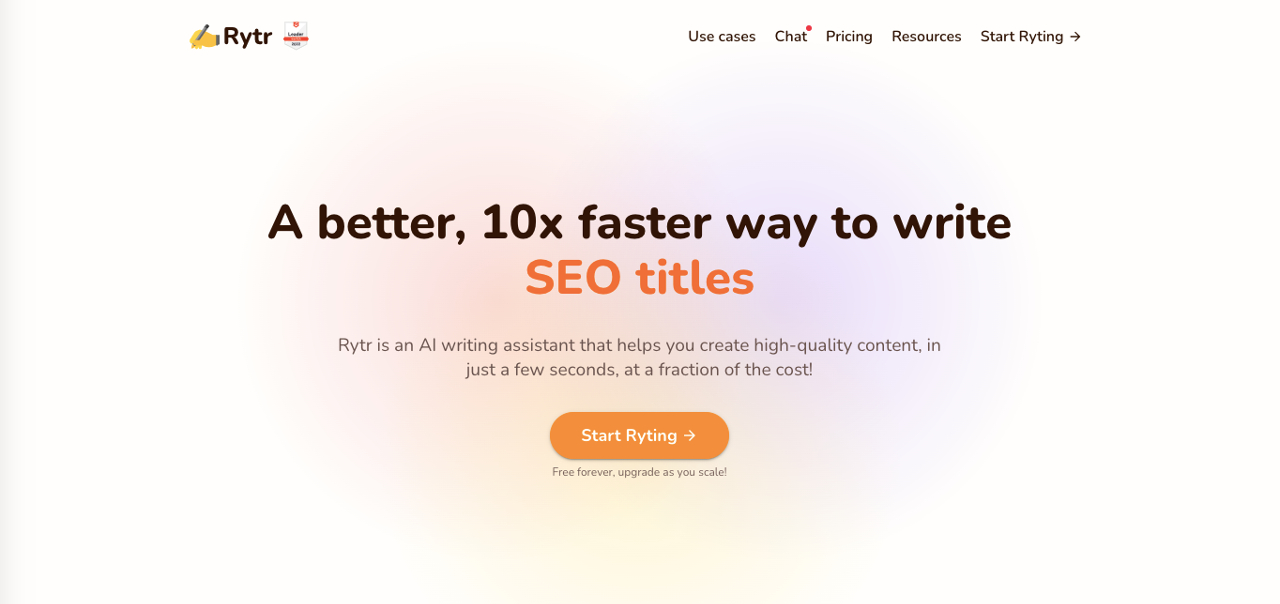
Rytr’s primary feature is content generation. Users input prompts or topics, and Rytr’s AI engine endevours to produce coherent and contextually relevant written content based on those prompts. Rytr supports multiple languages, including Japanese.
Simplified

Simplified is an AI-powered writing platform that aims to help users improve the quality and impact of their written content. With a generally user-friendly interface, the platform offers a variety of AI writing features designed to enhance clarity, conciseness, and overall communication effectiveness.
Frase

Frase is an AI-powered content optimization platform that specializes in helping users create search engine optimized (SEO) content.
Through advanced natural language processing, Frase assists businesses, marketers, and content creators with SEO suggestions to optimize content for search engines. It does this by offering insights into keyword usage, content structure, and other factors that influence search engine rankings.
ClickUp
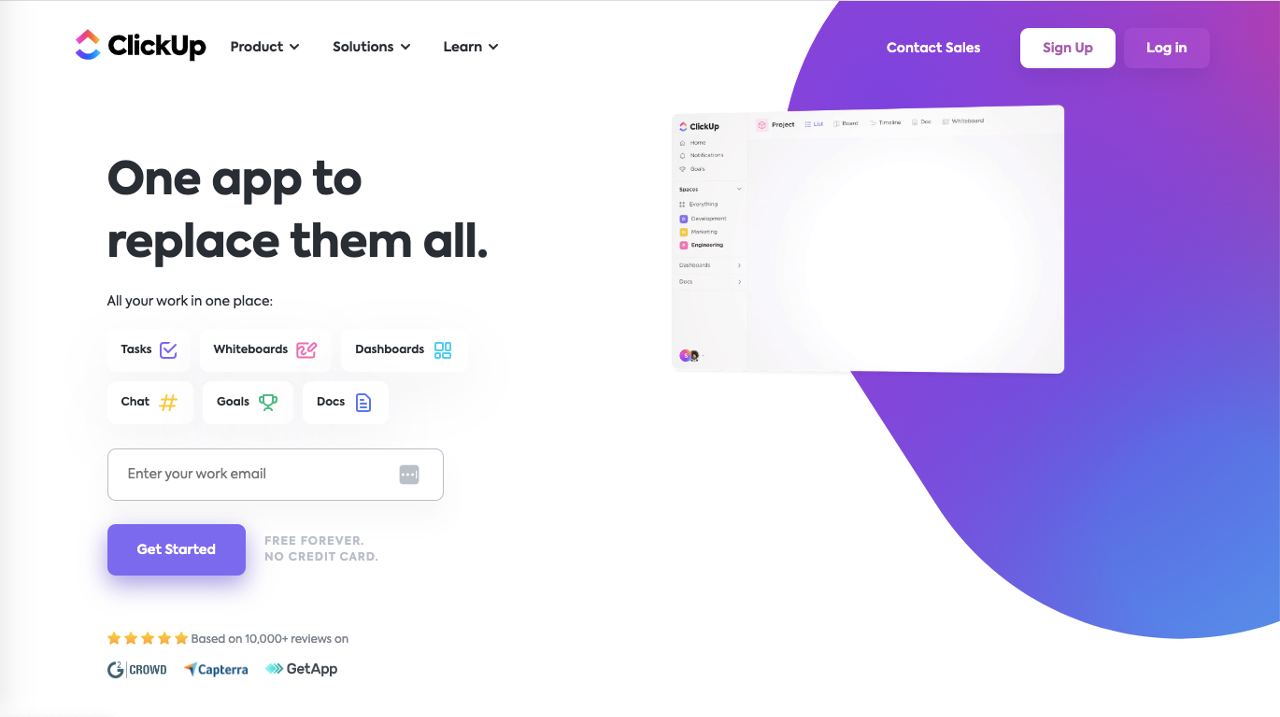
While ClickUp is not primarily an AI writing tool, it does integrate some AI-powered writing features and natural language processing to streamline communication and content creation within its platform. This may be advantageous if your team is already using it as a project management tool, or if you’re working with a bilingual and international team.
Narrato

Like other AI writing tools, Narrato’s AI engine generates written content based on user inputs and prompts. Users can specify the type of content they need and the language they prefer (including Japanese), such as blog posts, articles, product descriptions, and more.
Word AI
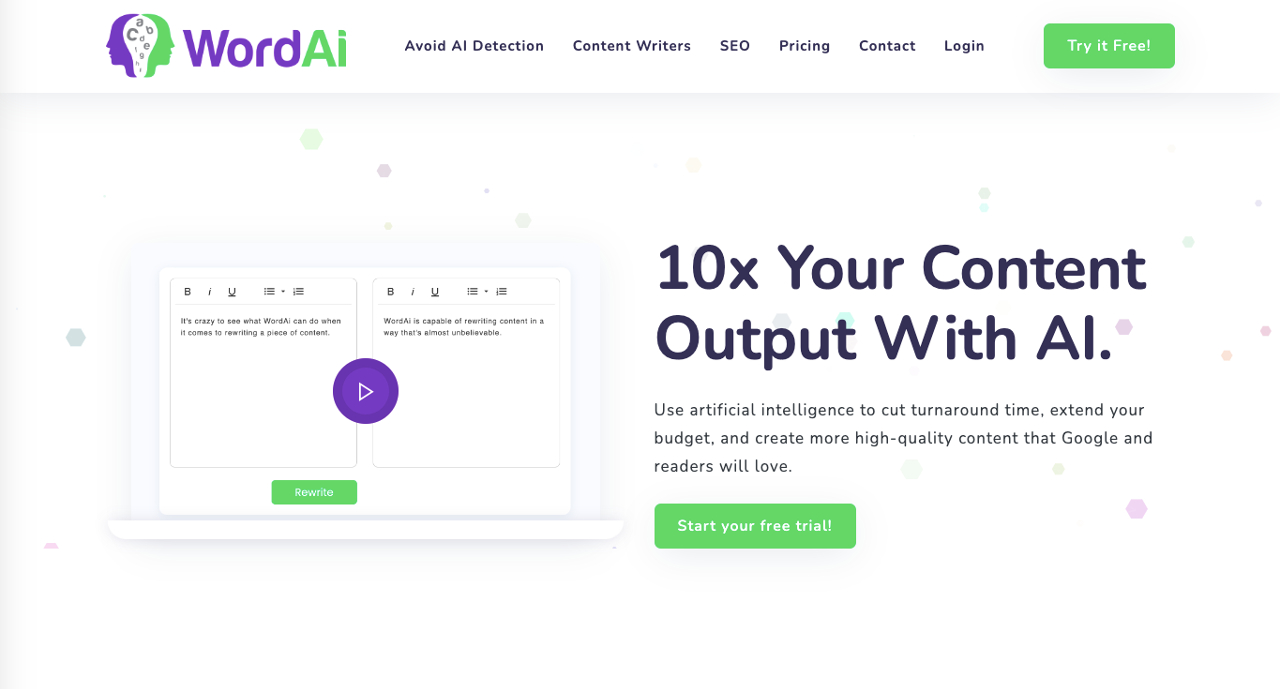
A unique feature of WordAI is its ability to rewrite existing content while maintaining its original meaning. This may be particularly useful for content marketers who want to repurpose English content for the Japanese market.
Copy.ai
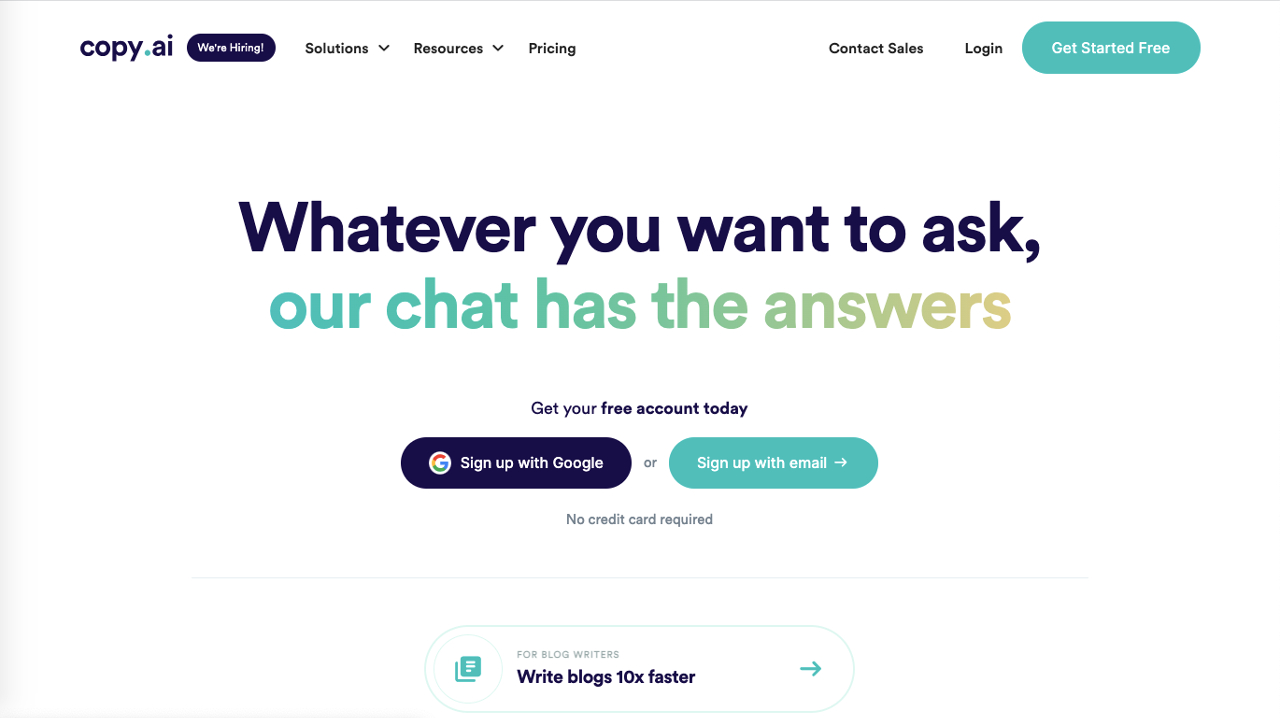
Copy.ai is an AI-powered writing tool designed to assist users in creating persuasive and engaging written content. With a focus on copywriting and marketing materials, it offers a range of AI writing built for businesses, marketers, and content creators.
QuillBot
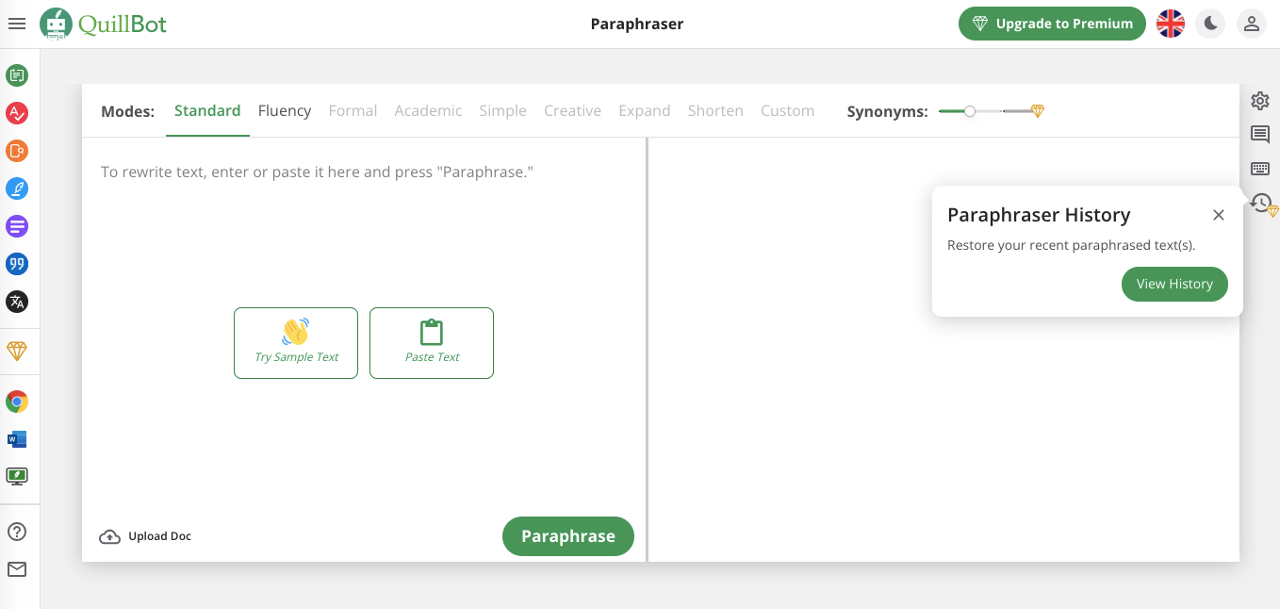
QuillBot offers features that focus on paraphrasing, grammar correction, and language enhancement, making it a valuable tool for writers and professionals who can already write in the Japanese language but require help to improve its quality and accuracy.
Writerly

Geared towards assisting writers and professionals, Writerly offers a range of AI writing features designed to enhance the quality of text and streamline the content creation process. The platform supports content improvement in multiple languages, including Japanese.
HB Pro Tip: It’s essential to keep in mind that while AI can assist in content generation, human oversight and editing are still crucial to ensure accuracy, coherence, and alignment with the desired message and tone.
Should I Use AI Writing Tools to Create Content in Japanese?

AI writing tools have evolved to support multiple languages, addressing the global demand for content creation and translation. Many tools now offer multilingual capabilities, allowing content to be generated in various languages with reasonable accuracy.
However, while they can be used for translation to some extent, there are other AI models and systems that are specifically designed and optimized for language translation tasks. One notable example is the Transformer architecture, which has been used in models like Google’s “Transformer” and “BERT” and Facebook’s “Marian NMT” for translation tasks.
Pros
- Efficiency — AI tools can significantly speed up content creation in Japanese, a language known for its complex characters and structures.
- Consistency — With the right prompts, AI can ensure a consistent tone and style across various pieces of content.
- Language Support — AI can aid non-native speakers in writing proficiently in Japanese, or producing first drafts which can then be edited.
Cons
- Cultural Nuances — AI may struggle with capturing culturally specific nuances in Japanese writing.
- Idiomatic Expressions — The richness of idiomatic expressions in Japanese may pose several challenges for AI comprehension.
- Contextual Understanding — Japan is an incredibly high-context culture, and it may be easy for AI to misinterpret context given a shortage of source material compared to other nations, leading to inaccuracies or awkward phrasing.
Learn How Japanese Advertising Differs to American Advertising
How to Harness AI Writing Tools in 2023

To effectively harness AI writing tools, consider the following steps:
- Understand its Limits — Be aware of the technology’s capabilities and limitations to set realistic expectations for you and your team.
- Train Your Team — If you decide to incorporate AI writing tools in Japanese, provide proper training to your team to maximize the tool’s benefits and avoid mistakes.
- Verify with Native Speakers — Collaborate with native speakers to ensure cultural accuracy and language precision.
- Avoid Complacency — While AI speeds up the process, maintain your creative edge and don’t compromise on quality. Originality and authenticity are important in Japan and audiences have high standards for the quality of online content and experiences.
How to Select an AI Writing Tool in Japanese
Finally, when selecting an AI writing tool for Japanese content, consider these factors:
- Coordination with Language Model Models (LLMs) — The tool should draw on a significant body of source material. Greater risks exist when using it to create content for niche industries and audiences.
- User Experience — The best AI writing tools in Japan facilitate coordination between users and the AI’s features, allowing ease of use.
- Control Over Text Outputs — Choose a tool that allows customization and editing to align with your brand voice.